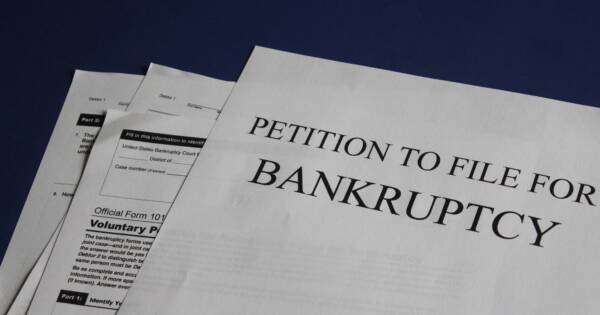Discover the difference between no-fault and fault divorce, how the type of divorce can impact the proceedings and how matters are decided in your case.
Marriages come to an end for a variety of reasons. Sometimes, two people simply grow apart and decide it’s time to end their union. In some cases, they might realize they made a mistake and shouldn’t have married in the first place. But in other cases, one person might engage in behavior, such as adultery, that brings the relationship to a halt.
When it comes to legally dissolving a marriage, there might be two options: fault and no-fault divorce. Find out more about the difference between these options below and whether either is available to you.
What Is a No-Fault Divorce?
No-fault divorce doesn’t necessarily mean no one has responsibility in the dissolution of the marriage. It simply means that neither party is required to prove fault on the part of the other.
What Is a Fault Divorce?
A fault divorce is when one spouse claims that the other is at-fault for the ending of the marriage. The spouse filing for the fault divorce must prove their claim. Some common reasons given for fault divorces can include a spouse:
- Committing adultery
- Engaging in abuse, either physical, emotional or sexual
- Being unable to fulfill marriage duties, including intimacy
- Abandoning the other spouse for an extended period of time
 Sinitta Leunen/Unsplash
Sinitta Leunen/UnsplashHow Does the Difference Impact the Actual Divorce Proceeding?
It’s not just a semantic difference. It can impact the actual divorce proceeding in some of the following ways.
Objections to the Divorce
In a no-fault divorce, the other spouse can’t object to the divorce to stop it from happening. That’s because in most cases, a no-fault divorce is filed for irreconcilable differences or a similar reason. The court can see an objection to the divorce as proof of those differences. After all, if one person wants to end a marriage and one doesn’t, that’s a pretty big difference.
A fault divorce can be objected to. If the other spouse can prove the allegations were false or provide a defense for them, the divorce as filed might be dismissed. Some potential defenses to a fault divorce can include:
- Connivance, which states that both spouses agreed on adultery or perhaps even participated. In short, it states that one spouse allowed the other or was complicit in the other’s cheating.
- Condonation, which demonstrates that the spouse had already forgiven the issue at hand and had since moved on to resume the relationship and work toward a positive future together.
- Recrimination, which can be a defense if both spouses were at fault.
- Provocation, which is used to show that one spouse purposefully caused the other to act in such a way that a fault divorce might be filed.
 Engin Akyurt/Unsplash
Engin Akyurt/UnsplashWhere the Divorce Can Be Filed
No-fault divorces are allowed in every state. But fault divorces are not as common and in some states, they aren’t permitted at all. The following states do not provide an option for filing a fault divorce:
- California
- Colorado
- Florida
- Hawaii
- Indiana
- Iowa
- Kansas
- Kentucky
- Michigan
- Minnesota
- Missouri
- Montana
- Nebraska
- Nevada
- Oregon
- Washington
- Wisconsin
It’s important to note that even in states that don’t allow a fault divorce option, both people don’t have to be in agreement on the divorce to file it. There are allowances for certain circumstances, such as one spouse being deemed mentally compromised and unable to make a valid decision for themselves and the marriage.
Separation Times
The laws differ in each state, but in states that do allow a fault divorce, how you file can impact the required separation time. In many cases, for a no-fault divorce to be processed, the spouses must have been living separated for a certain amount of time. For example, in some states, you must be living apart for 180 days or even a year before you can file this type of divorce.
In cases where fault divorces are allowed, there may not be a requirement for separation at all. Or, it might be a much smaller period of time.
Distribution of Marital Property
In some cases, if you can prove a fault in a divorce case, it might lead to more of the marital property being distributed to you if you were the spouse without fault. This is not always the case, but this is one reason that some people choose to file a fault divorce.
 Ярослав Алексеенко/Unsplash
Ярослав Алексеенко/UnsplashA No-Fault Divorce Doesn’t Mean a No-Conflict Divorce
While there are civil divorces that involve both parties working together to come to an agreement on all things, this isn’t the case in every no-fault divorce. Just because you’re filing a no-fault divorce — or have received papers from your spouse for one — doesn’t mean you can’t contest something within the divorce papers.
You can still work on your behalf — often with a lawyer — to protect your interests when it comes to:
- Division of marital property
- Child custody and visitation
- Alimony
- Child support
Which Divorce Option Is Right for You?
Only you can determine what the best path for you is. Each type typically comes with pros and cons that are unique to your situation. Consider talking to a family law attorney to find out what your options are so you can make an educated decision.






